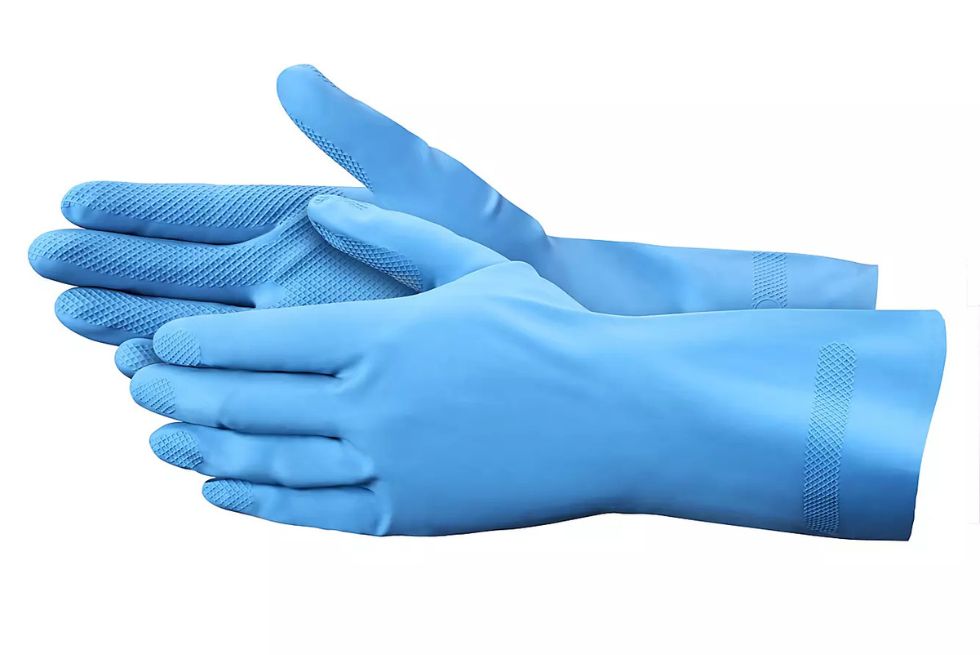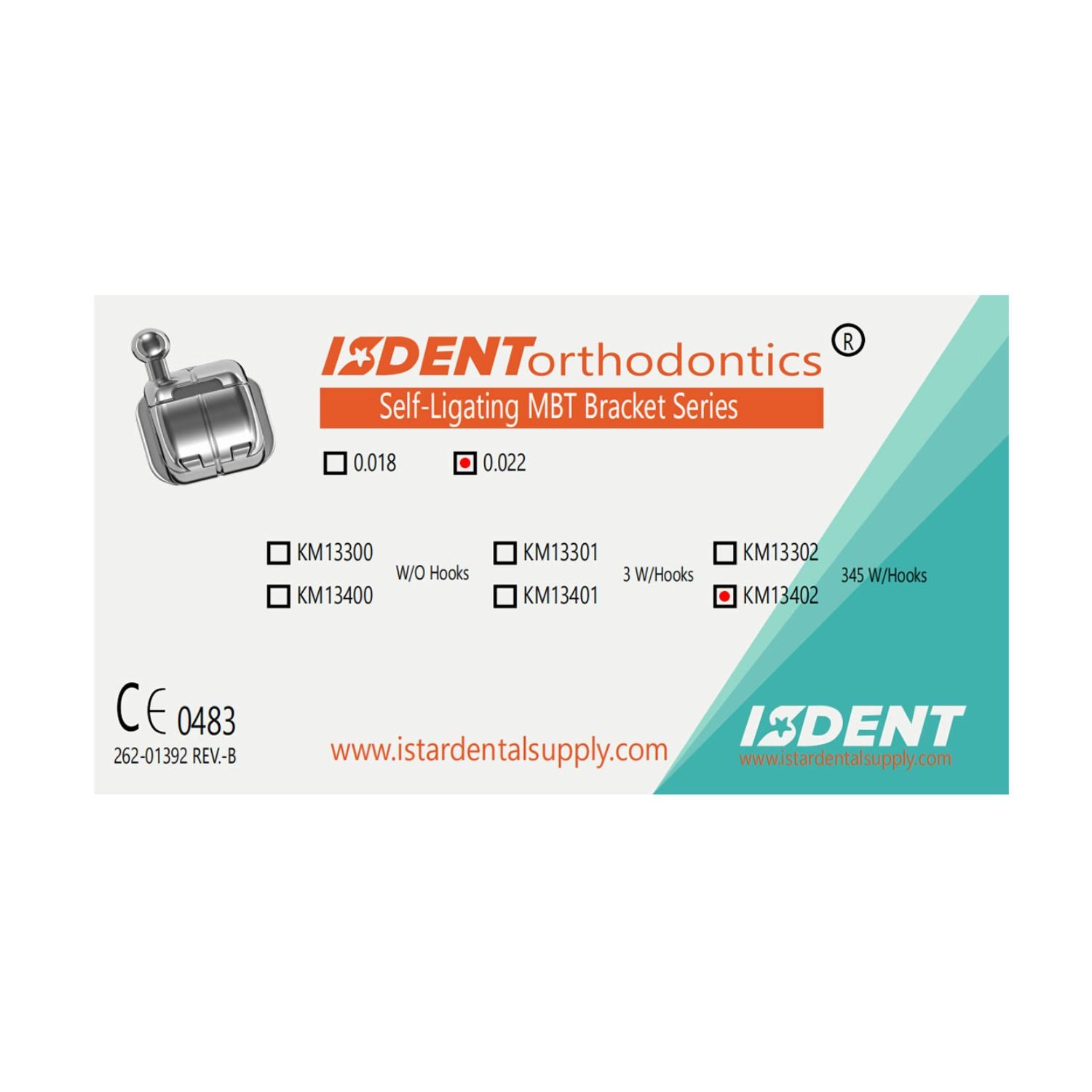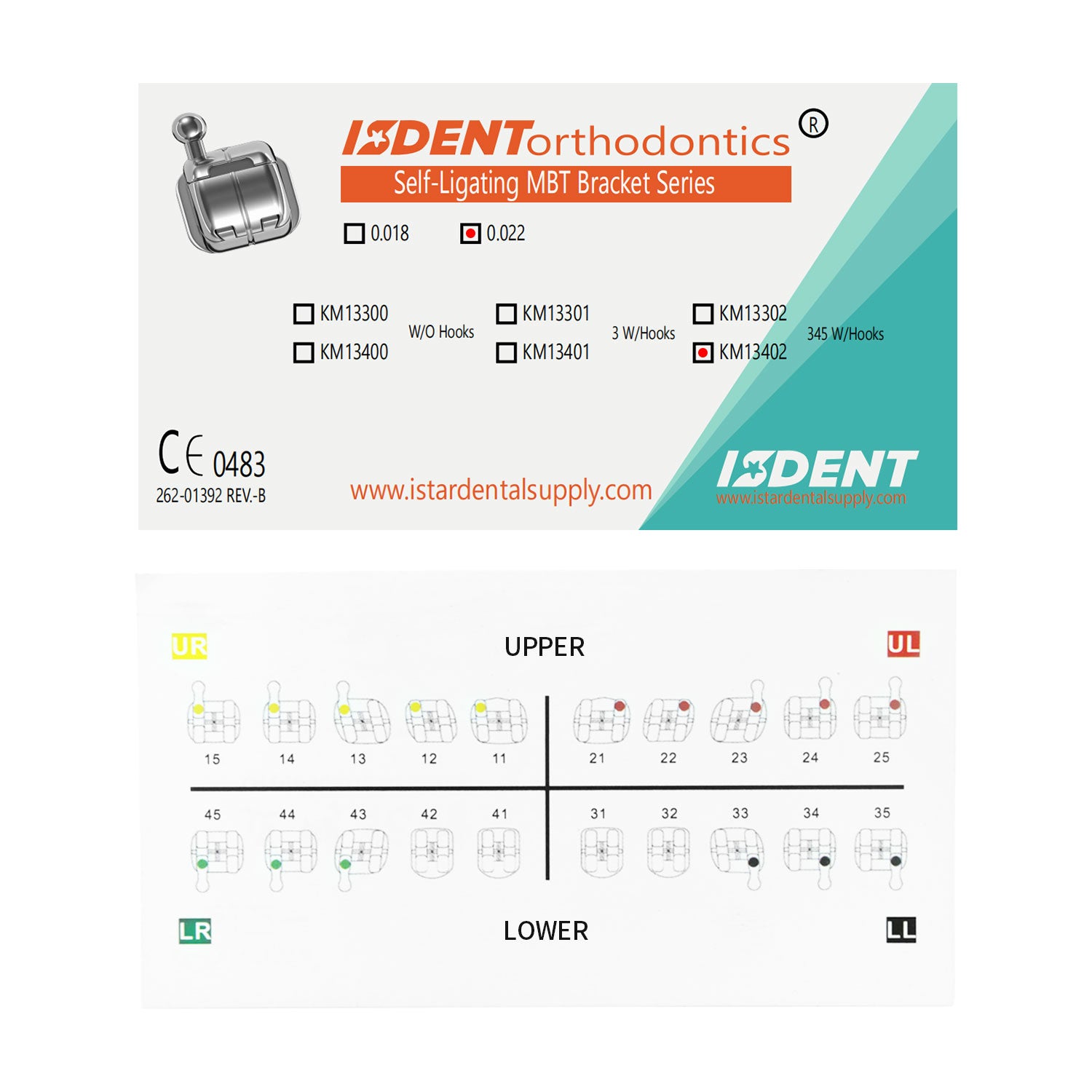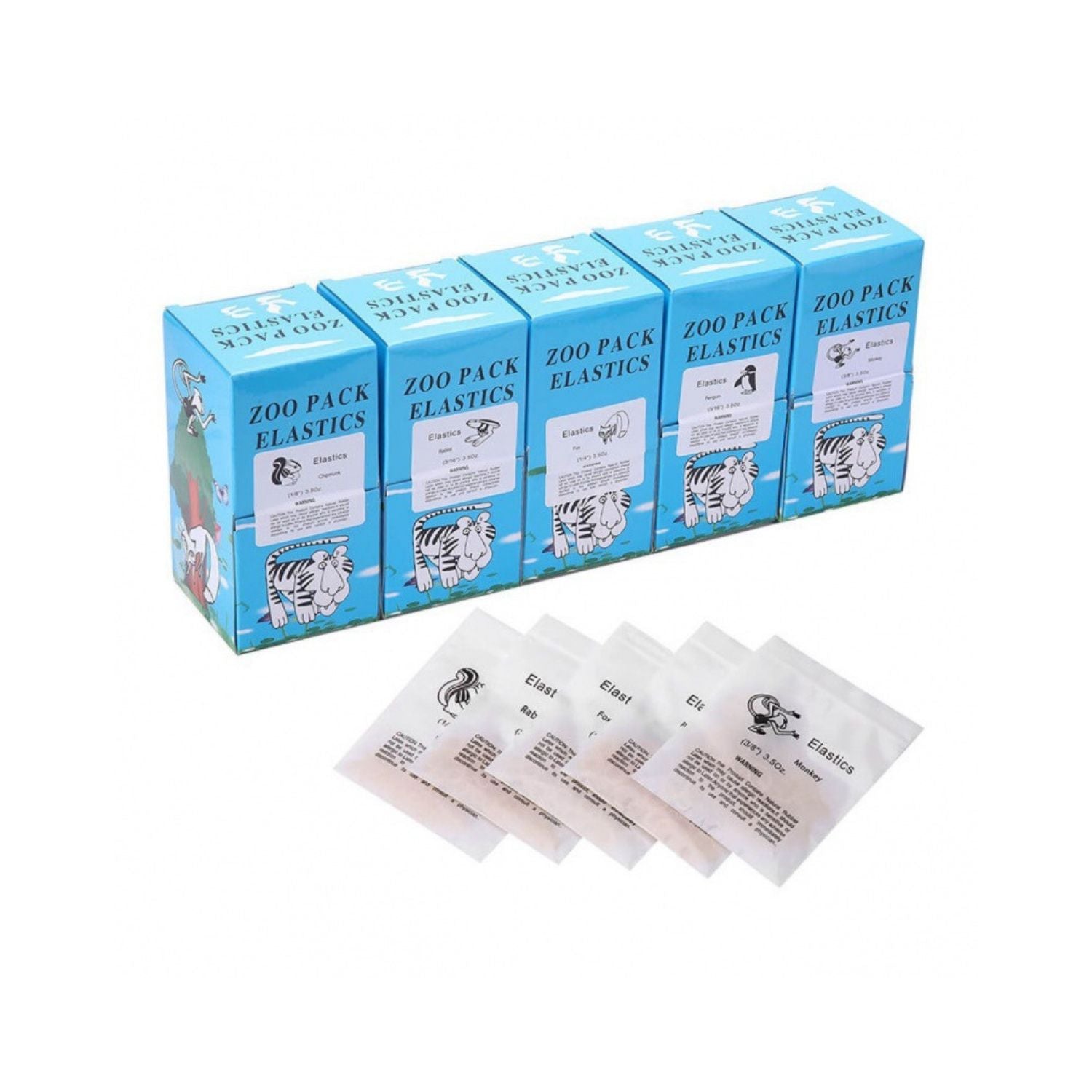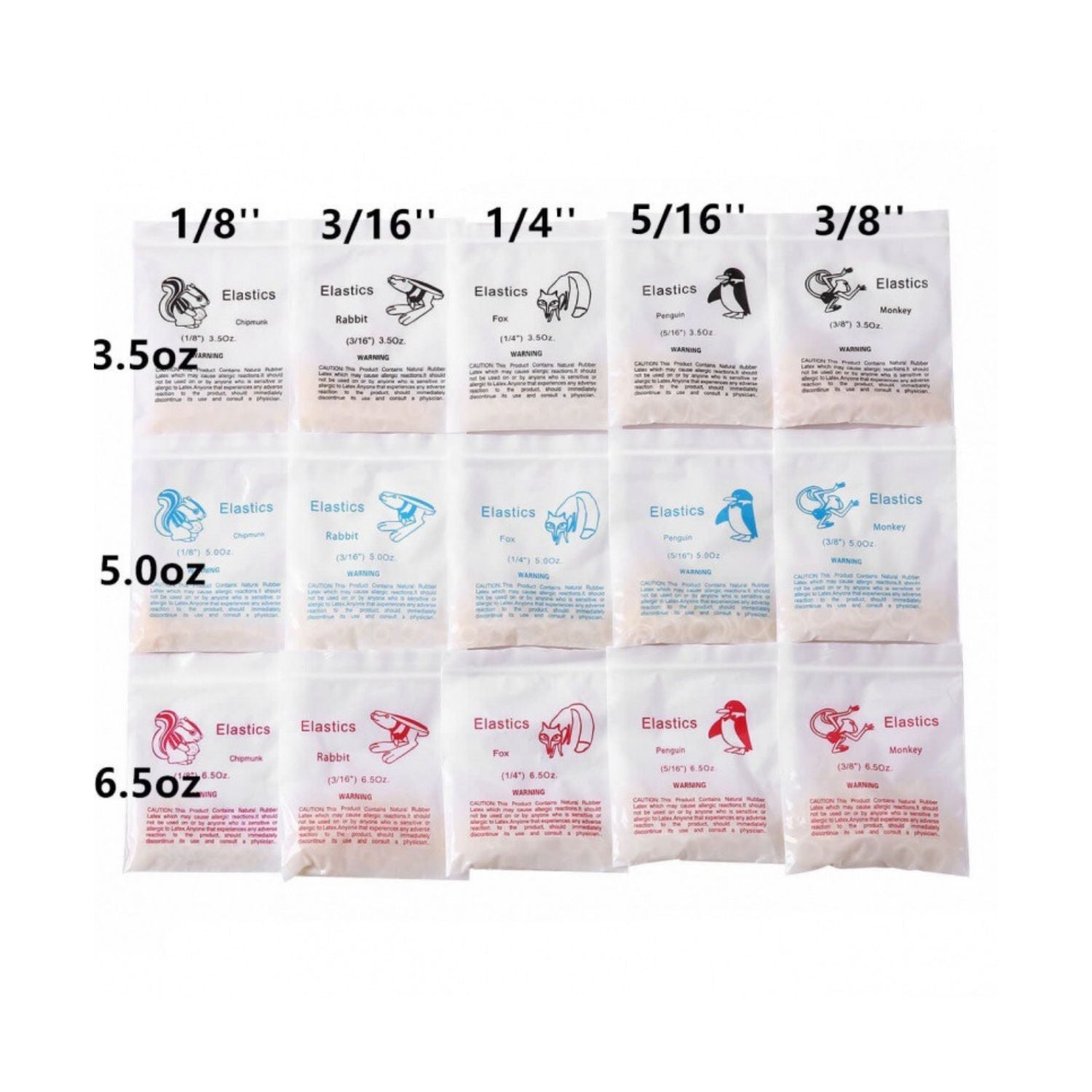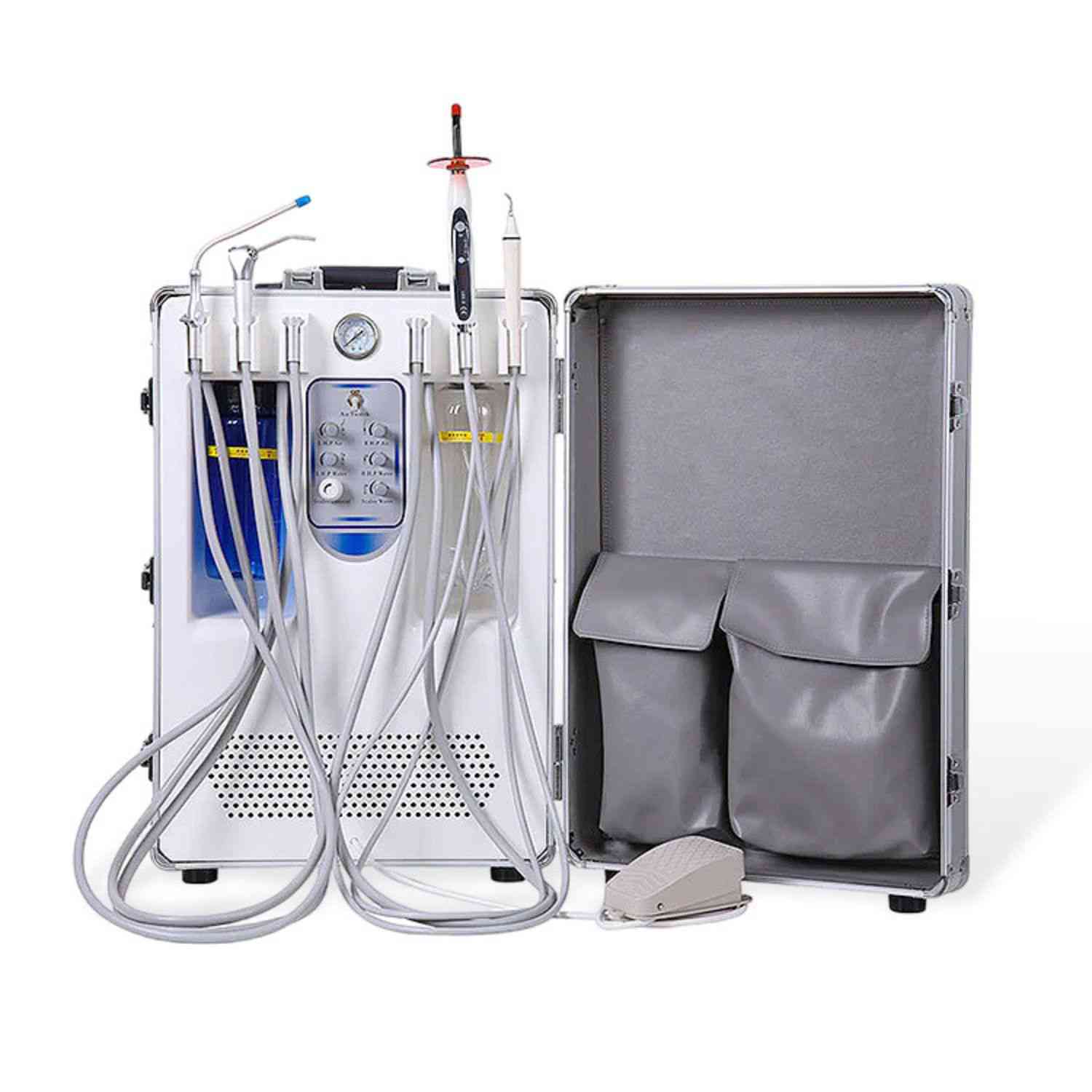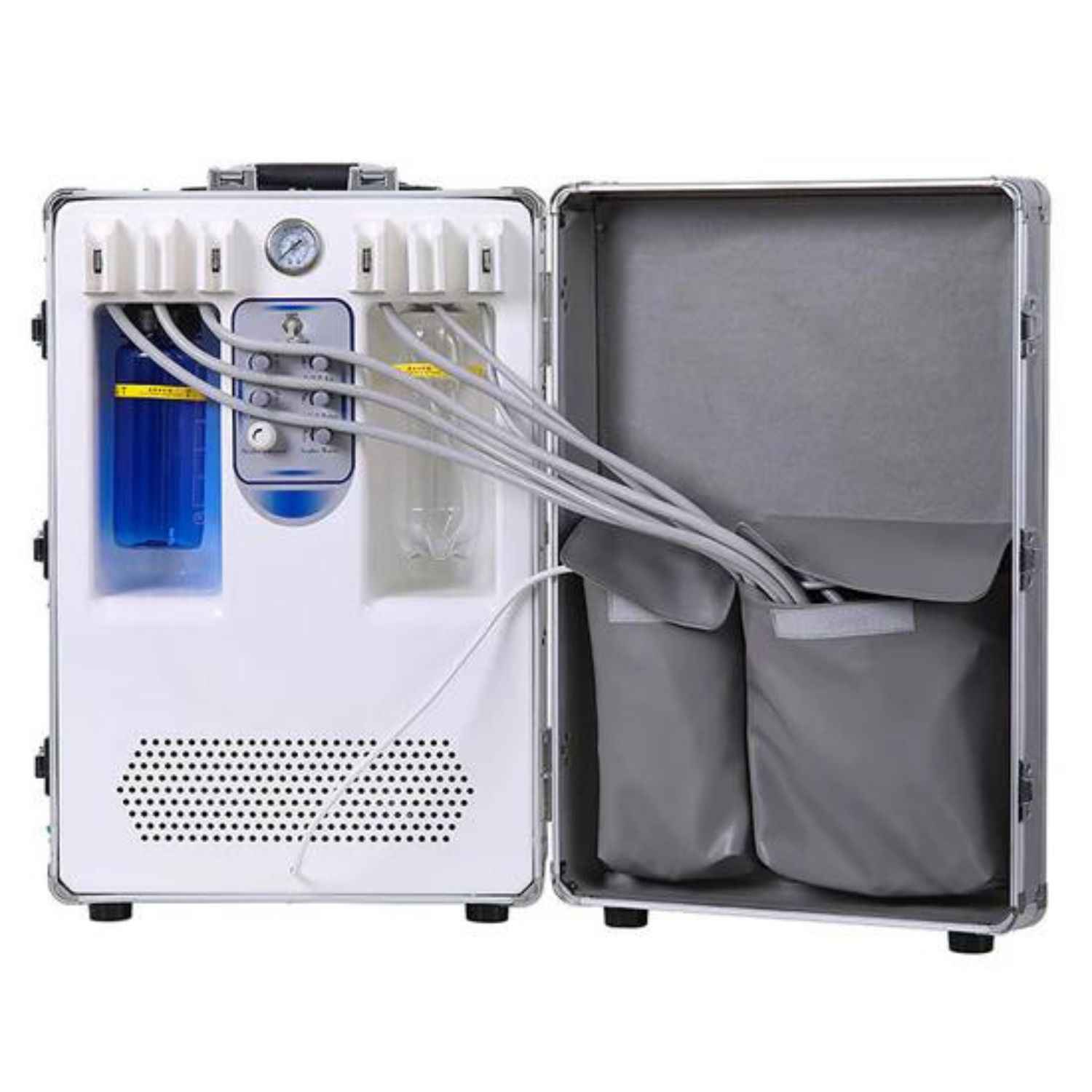Medical gloves are protective equipment designed for medical environments, aimed at providing bidirectional protection for healthcare personnel and patients. By preventing the transmission of pathogens, medical gloves effectively reduce the risk of cross-contamination, making surgical, diagnostic, and laboratory procedures safer. Depending on the task requirements, medical gloves are typically intended for single use to ensure the highest standards of hygiene and protection.
Importance Of Medical Gloves In Healthcare Settings
Medical gloves play a crucial role in everyday medical operations, especially during procedures with a high risk of infection, such as dental surgeries or blood draws. Gloves effectively protect healthcare personnel from exposure to infectious diseases. For patients, gloves help prevent the transmission of bacteria or viruses from healthcare providers, ensuring the sterility of the medical environment.
Materials Of Medical Gloves
Common materials for medical gloves include latex, nitrile, and vinyl, each with unique characteristics. Different materials are suitable for various medical situations, ensuring the best balance between protection and comfort.
Types Of Medical Gloves
Latex Gloves
Latex gloves are a traditional and widely used type of glove material, known for their excellent elasticity, flexibility, and protective capabilities. However, latex can cause allergic reactions in some users, especially among healthcare personnel and patients with latex allergies. As a result, latex gloves have been replaced in certain medical settings.
Nitrile Gloves
Nitrile gloves are an excellent alternative to latex gloves, suitable for those with latex allergies. They are not only durable and puncture-resistant but also provide a similar feel and flexibility to latex gloves. Nitrile gloves are more resistant to chemicals, making them commonly used in environments that require higher protection, such as laboratories and surgical procedures.
Vinyl Gloves
Vinyl gloves are generally more affordable, but their elasticity and durability are inferior to those of latex and nitrile gloves. Therefore, vinyl gloves are better suited for short-term, low-risk procedures, such as routine examinations or cleaning tasks.
Specialty Gloves (e.g., Surgical Gloves)
Surgical gloves are specially designed for delicate surgical procedures. They are typically made from high-quality latex or nitrile and offer high levels of flexibility and tactile sensitivity, meeting the precise requirements of surgical operations.

How To Choose The Right Medical Gloves
Considerations (allergies, sensitivities, type of task)
When choosing medical gloves, there are several key factors to consider:
- Allergy: Latex gloves are one of the common choices, but many people are allergic to natural latex. For healthcare workers or patients with allergies, choosing nitrile or vinyl gloves is a safer alternative.
- Sensitivity: Different types of gloves behave differently in terms of feel and dexterity. Latex gloves typically have a high tactile sensitivity and are ideal for tasks requiring delicate manipulation (e.g. surgery), while nitrile gloves provide a similar tactile experience while avoiding allergic reactions.
- Type of task:Depending on the environment in which the gloves will be used, the specific requirements of the task also influence the choice of gloves. Things to consider are the glove's tear resistance, chemical resistance, and comfort when worn for long periods of time. For example, chemical resistance of nitrile gloves is more important in chemical experiments or laboratory environments, whereas vinyl gloves may be sufficient for lighter nursing operations.
Comparison Of Gloves For Different Purposes
1. Latex Gloves:
Advantage: Known for their superior comfort, flexibility and tactile sensitivity, latex gloves are preferred in surgical and medical environments where tactile sensitivity is critical. Latex gloves fit snugly and allow for precise movements.
Disadvantages: People who are sensitive to latex can have an allergic reaction to it. In addition, latex gloves are less chemically resistant than nitrile gloves, making them unsuitable for certain laboratory or industrial applications.
2. Nitrile gloves:
Benefits: Nitrile gloves are a reliable alternative for people who are allergic to latex. They have excellent resistance to punctures, tears and chemicals, making them ideal for medical and laboratory use. They also have a snug fit and good sensitivity, although slightly less sensitive than latex gloves.
Disadvantages Nitrile gloves tend to be more expensive than latex and vinyl gloves, and may not be necessary for low-risk tasks that don't require heavy-duty protection.
3. Vinyl gloves:
Advantages: Vinyl gloves are cost-effective and suitable for short-term use in non-invasive medical tasks or light industrial work. They offer minimal protection but are an affordable solution for low-risk environments.
Cons: They lack the durability, chemical resistance and flexibility of latex or nitrile gloves, making them unsuitable for handling hazardous materials or performing delicate tasks.
4. Surgical Gloves:
Pros: Surgical gloves, available in latex, nitrile or synthetic materials, are sterile gloves designed for use in environments where high levels of hygiene and precision are required. They have greater tactile sensitivity and are ideal for invasive procedures.
Disadvantages Surgical gloves are more expensive than regular examination gloves and are only necessary for certain high-precision medical procedures.

Which Gloves Are The Best
No one glove is suitable for all occasions and the best choice depends on the needs of the task and personal preferences:
- Best dexterity and tactility:Latex gloves are the best choice if surgery or other operations in which high precision is required.
- Best chemical resistance and allergy protection: Nitrile gloves are a widely recommended alternative due to their chemical resistance and allergy protection properties for a wider range of environments.
- Best price/performance ratio:Vinyl gloves offer an affordable solution in low-risk environments, but are not suitable for prolonged high-intensity operations.
The final choice needs to be based on the user's actual needs, allergies and budget.
Main Characteristics Of Medical Gloves
Material And Texture
The material of medical gloves directly affects their protective capabilities and user comfort. Texture design enhances grip, especially in wet conditions. Different surface textures help healthcare personnel better hold medical instruments, reducing the risk of slippage.
Durability And Strength
The durability and strength of gloves are crucial when selecting them, especially for high-risk procedures such as surgeries or laboratory work. Nitrile gloves are often used in situations requiring higher strength protection due to their high puncture resistance and chemical durability.
Fit And Comfort
The fit of the gloves impacts not only user comfort but also operational precision. Gloves that are too tight can restrict blood circulation, while those that are too loose can decrease dexterity. Choosing the right glove size can enhance operational efficiency and reduce fatigue.
Powdered vs. Powder-Free Gloves
Powdered gloves typically use powder to make them easier to don; however, this powder can trigger allergic reactions or contaminate the environment during use. Powder-free gloves eliminate this issue and are particularly suitable for sensitive operations, such as in surgical rooms or sterile laboratories.
Use And Purchase Of Medical Gloves
When To Use Medical Gloves
Medical gloves are typically used in the following situations to ensure the safety of healthcare personnel and patients:
- When Handling Bodily Fluids: For example, when dealing with blood, saliva, urine, or pus, medical gloves can prevent direct contact with infectious sources.
- When Managing Contaminants: Gloves are essential when cleaning wounds, handling medical waste, or addressing environmental contamination.
- During Surgical and Invasive Procedures: In surgical, dental, or other invasive operations, gloves help maintain a sterile environment.
- When Handling Medications or Chemicals: In laboratory or medical settings, gloves provide chemical protection when using chemical agents.
- During Patient Examinations or Care: In routine examinations or when caring for skin lesions, gloves help prevent cross-contamination and infection.
- In Laboratory Work: Gloves offer additional protection when handling samples, chemical reagents, or pathogens.
Using medical gloves in these scenarios effectively reduces the transmission of pathogens, prevents cross-contamination, and ensures the safety of medical procedures.

Things You Should Know Before Using Medical Gloves
Before using medical gloves, there are a few important things you should know to make sure they work correctly:
- Choose the right type of glove: Medical gloves come in different material types (e.g. latex, nitrile, vinyl), each of which is suitable for different work environments and needs. You need to choose the most suitable glove according to the type of task, allergy or patient's needs.
- Glove size:Make sure the gloves are the right size, neither too tight to affect finger dexterity, nor too loose to cause them to slip off easily or lose their protective effect.
- Availability of powder:Some gloves contain powder for easy donning, but the powder may cause allergic reactions. Therefore, if you or your patients are sensitive to powder, it is best to choose powder-free gloves.
- Glove integrity: Check gloves for tears or rips before use, especially if you handle sharp objects or chemicals. Torn gloves do not provide effective protection.
- Durability of gloves:Choose gloves that are appropriately durable for the intensity and duration of different tasks. Thinner gloves are suitable for short periods of time, while thicker gloves are suitable for tasks that require extra protection.
- Allergy risk:Latex gloves may cause allergies in some people. If you or a patient is allergic to latex, alternatives such as nitrile or vinyl gloves are recommended.
- Proper donning and doffing:Make sure your hands are clean and dry before wearing gloves to avoid dirt and germs from getting inside.
- Use disposable gloves: Most medical gloves are single-use and should not be reused to prevent cross-contamination. Gloves should be changed each time they come into contact with a different patient or contaminant.
Knowing these things will ensure that medical gloves are more effective in providing protection while reducing potential health risks.
Application Scenario Of Medical Gloves
Use In Hospitals And Clinics
In hospitals and clinics, medical gloves are an important part of daily routine and are primarily used to prevent the spread of pathogens and contaminants between healthcare workers and patients. Healthcare workers need to wear gloves when treating wounds, performing diagnostics or coming into contact with bodily fluids to ensure cleanliness and safety.
Use In Surgery
The use of specially designed sterile surgical gloves is essential during surgical procedures. These gloves are often made from materials of a higher standard to ensure maximum protection during surgery, avoiding cross-infection in the surgical environment and protecting the health of patients and healthcare workers.
Use In The Laboratory
Laboratory workers often handle chemical reagents, biological samples or other potentially hazardous substances, making medical gloves essential protective equipment. Different lab environments require different types of gloves, for example, nitrile gloves are commonly used in lab scenarios that require strong chemical protection, while vinyl gloves are more suitable for some low-risk operations.

Where To Buy The Right Medical Gloves
Medical gloves can be purchased from a variety of sources:
- Pharmacies or medical supply shops:these shops usually offer a wide selection of gloves that can be purchased on-site.
- Online retailers: platforms like Amazon and Alibaba offer a wide selection of gloves that can be purchased online as needed.
- Specialist medical suppliers:hospitals and clinics often work directly with medical supply suppliers to purchase high-quality gloves on a regular basis.
Medical Gloves Price
The price of medical gloves varies depending on the material, brand and quantity purchased. Generally speaking, latex gloves are relatively inexpensive, and nitrile gloves are slightly more expensive due to their anti-allergenic and chemical-resistant properties. Vinyl gloves are usually the least expensive option of the three. Typically, gloves are more cost-effective when purchased wholesale in large packages, and the price range usually ranges from a few tens to a few hundred dollars.
Safety And Protection Of Medical Gloves
Protection Against Contaminants And Pathogens
One of the core functions of medical gloves is to prevent the transmission of contaminants and pathogens, especially in the realm of infection control. Whether handling blood, bodily fluids, or chemicals, medical gloves provide an important safety barrier for both healthcare personnel and patients.
Importance Of Infection Control
In medical environments, the transmission of bacteria, viruses, and other harmful microorganisms frequently occurs. Therefore, medical gloves serve a crucial role as personal protective equipment (PPE) in infection control.
Disposable Gloves vs. Reusable Gloves
Disposable gloves are widely used due to their ease of handling and ability to prevent cross-contamination. In contrast, reusable gloves are more environmentally friendly but require stricter cleaning and disinfection standards and may not be suitable for all operational scenarios.
Guidelines For Donning And Removing Gloves
Proper procedures when donning and removing gloves are important to avoid cross-contamination and maintain hygiene. The following are standard guidelines for donning and removing gloves:
Glove Donning And Doffing Steps:
- Wash hands: Before donning gloves, first wash your hands with soap and water or use a hand sanitiser containing alcohol to ensure they are clean.
- Inspect gloves: Take out a clean, unused pair of gloves. Inspect the gloves for tears or defects.
- Putting on gloves:Start by picking up a glove with one clean hand, grasp the open edge of the glove, and gently slide your hand inside. Carefully adjust the finger position so that the glove completely covers the fingers and palm. Repeat for the other glove, avoiding direct contact with the outside of the glove.
Glove Removal Steps:
- Remove the first glove: Firstly, grasp the outside of the glove from the wrist with the ungloved fingers of the other hand and gently turn the glove down from the palm so that the inside is facing outwards, eventually removing the glove completely. Next, the removed glove should be held in the gloved hand to avoid touching the outside of the glove.
- Removal of the second glove:Firstly, the ungloved finger is inserted into the inside of the gloved wrist (the inside is clean) and the glove is gently turned down from the inside and removed completely. Secondly after both gloves have been turned inside out, you can safely discard them.
- Dispose of gloves:Dispose of the removed gloves immediately in a suitable waste container, avoiding contact with other surfaces.
- Wash your hands:Immediately after removing the gloves, wash your hands or clean them with an alcohol-based hand sanitiser.
Future Trends In Medical Glove Technology
- New materials:development of more durable, latex-free and hypoallergenic materials (e.g. nitrile rubber, synthetic rubber) to improve comfort and reduce allergic reactions.
- Smart gloves:Integration of sensors to monitor hygiene, hand movements or to collect real-time data during surgery. Some gloves can assist in remote surgery or provide haptic feedback to improve accuracy.
- Eco-friendly gloves: Use biodegradable or recyclable materials to reduce the environmental impact of medical waste.
- Antimicrobial Coatings:Gloves with antimicrobial surfaces minimise the spread of pathogens and prevent contamination during use.
- Customisation and comfort: 3D printed gloves or ultra-thin, high-strength materials for enhanced fit, dexterity and tactile sensitivity, especially for complex surgeries.
These innovations are designed to improve safety, hygiene and sustainability while enhancing the user experience and medical precision.

